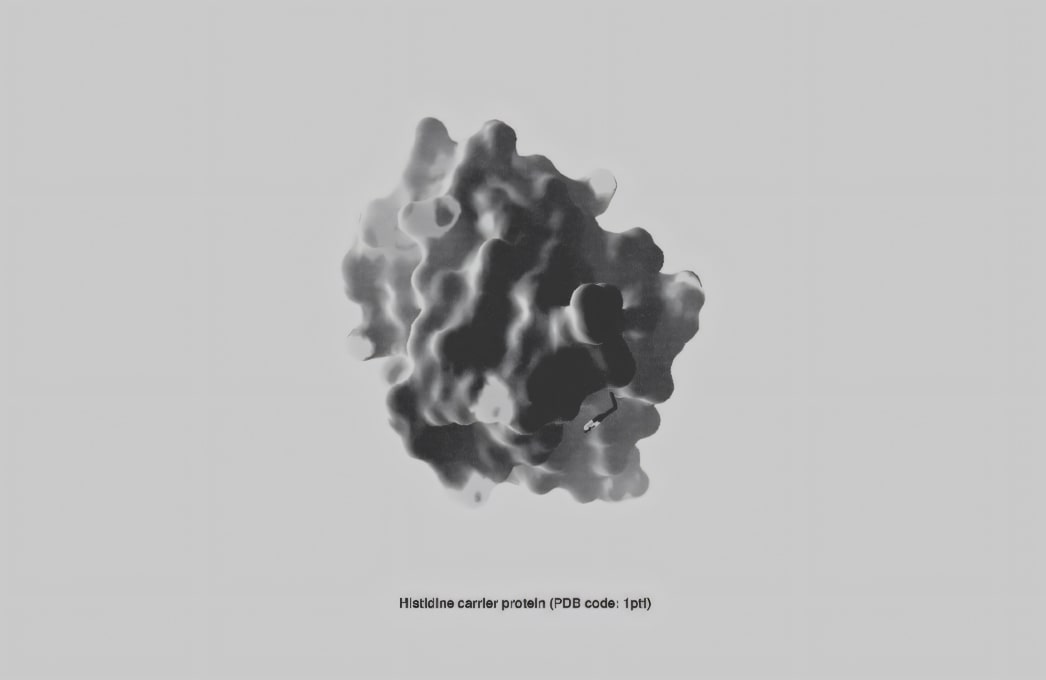One promising approach involves enhancing serotonin synthesis by upregulating the expression of tryptophan hydroxylase (TPH). By interacting with specific transcription factors such as CREB (cAMP response element-binding protein) or SP1 (specificity protein 1), a drug could increase TPH transcription, leading to higher levels of the enzyme and additional enhanced serotonin synthesis.
Furthermore, the drug might induce histone acetylation at the TPH promoter region, leading to a more open chromatin structure and increased transcriptional activity. Enhancing the recruitment of co-activators like CBP (CREB-binding protein) or p300 could further facilitate the assembly of the transcriptional machinery at the TPH promoter. To increase serotonin release, the drug could modulate the activity of vesicular monoamine transporter 2 (VMAT2) by binding to allosteric sites on the transporter. This allosteric modulation could alter the conformation of VMAT2, no doubt increasing its affinity for serotonin or altering its kinetic properties, leading to more efficient packaging of serotonin into synaptic vesicles and increased release upon neuronal depolarization. We could design medicine to act as a selective agonist for 5-HT1A receptors by mimicking the structure of serotonin and binding to the receptor's active site. This binding would activate the receptor, leading to the inhibition of adenylate cyclase, reduced cyclic AMP (cAMP) levels, and decreased neuronal excitability. For 5-HT2A receptors, a drug designed to enhance receptor activation by stabilizing the receptor-Gq protein complex, promoting the activation of phospholipase C (PLC) and increasing inositol trisphosphate (IP3) and diacylglycerol (DAG) levels, would lead to calcium release from intracellular stores.
In theory, a drug design could also inhibit the serotonin transporter (SERT) by binding to its central binding site, preventing serotonin from being reabsorbed into presynaptic neurons. This would increase the concentration of serotonin in the synaptic cleft, prolonging its action on postsynaptic receptors and enhancing serotonergic signalling. Our new medicine could upregulate the expression of tyrosine hydroxylase (TH), the rate-limiting enzyme in dopamine biosynthesis, by interacting with specific transcription factors or enhancer elements in the TH gene promoter. This would increase the conversion of tyrosine to L-DOPA, leading to higher dopamine levels. TH converts tyrosine to L-DOPA, which is then decarboxylated to dopamine by AADC. The end product might also stabilize TH mRNA, enhancing its translation. You could enhance VMAT2 activity by binding to allosteric sites, increasing its affinity for dopamine and promoting the packaging of dopamine into synaptic vesicles. This would result in an increased release of dopamine into the synaptic cleft upon neuronal activation. Exploring a selective agonist for D1 receptors by mimicking the structure of dopamine and binding to the receptor's active site is also an option. This binding would activate the receptor, leading to the stimulation of adenylate cyclase, increased cAMP levels, and enhanced neuronal excitability. For D2 receptors, our design could enhance receptor activation by stabilizing the receptor-Gi/o protein complex, promoting the inhibition of adenylate cyclase and reducing cAMP levels, leading to decreased neuronal excitability. To inhibit the dopamine transporter (DAT) by binding to its central binding site is possible, hence preventing dopamine from being reabsorbed into presynaptic neurons. This would increase the concentration of dopamine in the synaptic cleft, prolonging its action on postsynaptic receptors and enhancing dopaminergic signalling.
Our drug design could also upregulate glutamate decarboxylase (GAD) expression by interacting with specific transcription factors or enhancer elements in the GAD gene promoter. This would increase the conversion of glutamate to GABA, leading to higher GABA levels. The drug could also stabilize GAD mRNA, enhancing its translation. Drug design for ASD could involve an attempt to enhance vesicular GABA transporter (VGAT) activity by binding to allosteric sites, increasing its affinity for GABA and promoting the packaging of GABA into synaptic vesicles. This would result in an increased release of GABA into the synaptic cleft upon neuronal activation. Acting as a selective agonist for GABA_A receptors by mimicking the structure of GABA and binding to the receptor's active site, is plausible. This binding is yet another option and would increase chloride ion influx, leading to hyperpolarization and decreased neuronal excitability. For GABA_B receptors, the drug could enhance receptor activation by stabilizing the receptor-Gi/o protein complex, promoting the inhibition of adenylate cyclase and reducing cAMP levels, again decreasing neuronal excitability. The molecular action here could involve inhibition of the GABA transporter (GAT) by binding to its central binding site, preventing GABA from being reabsorbed into presynaptic neurons. This would increase the concentration of GABA in the synaptic cleft, prolonging its action on postsynaptic receptors and enhancing GABAergic signalling.
© All rights reserved. Do not distribute. (Article: Directed Evolution of the BpsA Carrier Protein Domain for Enhanced Activation by Non-Cognate 4'-Phosphopantetheinyl Transferases Implications for ASD Drug Discovery)
